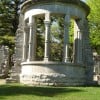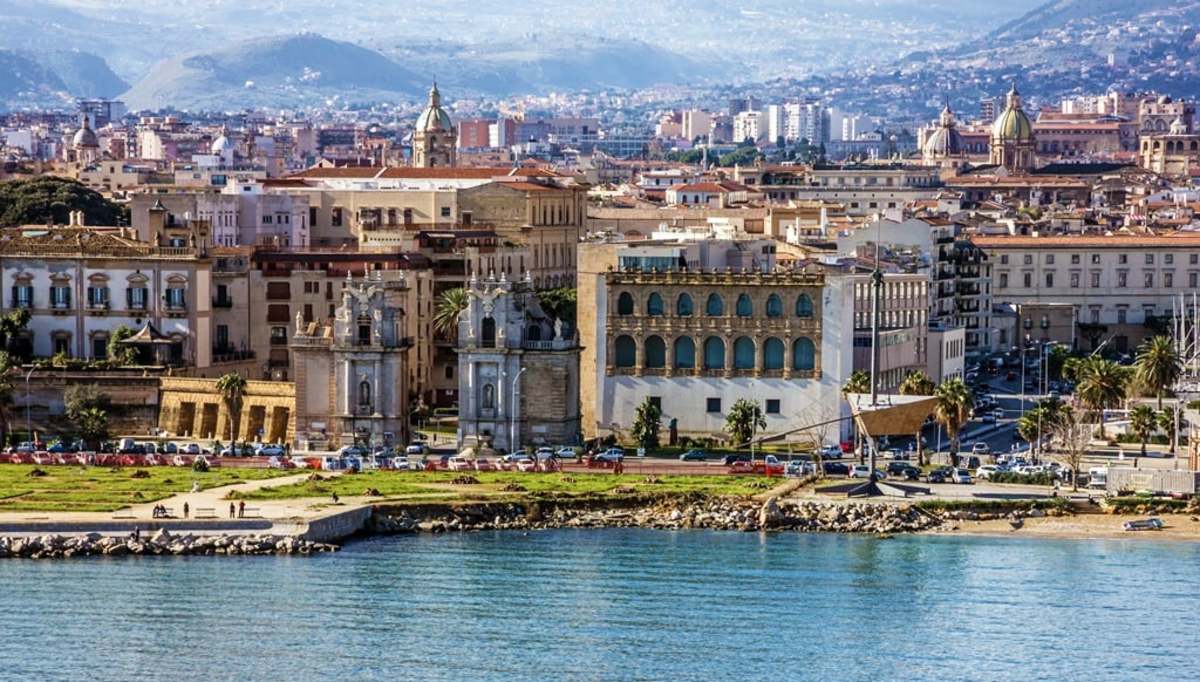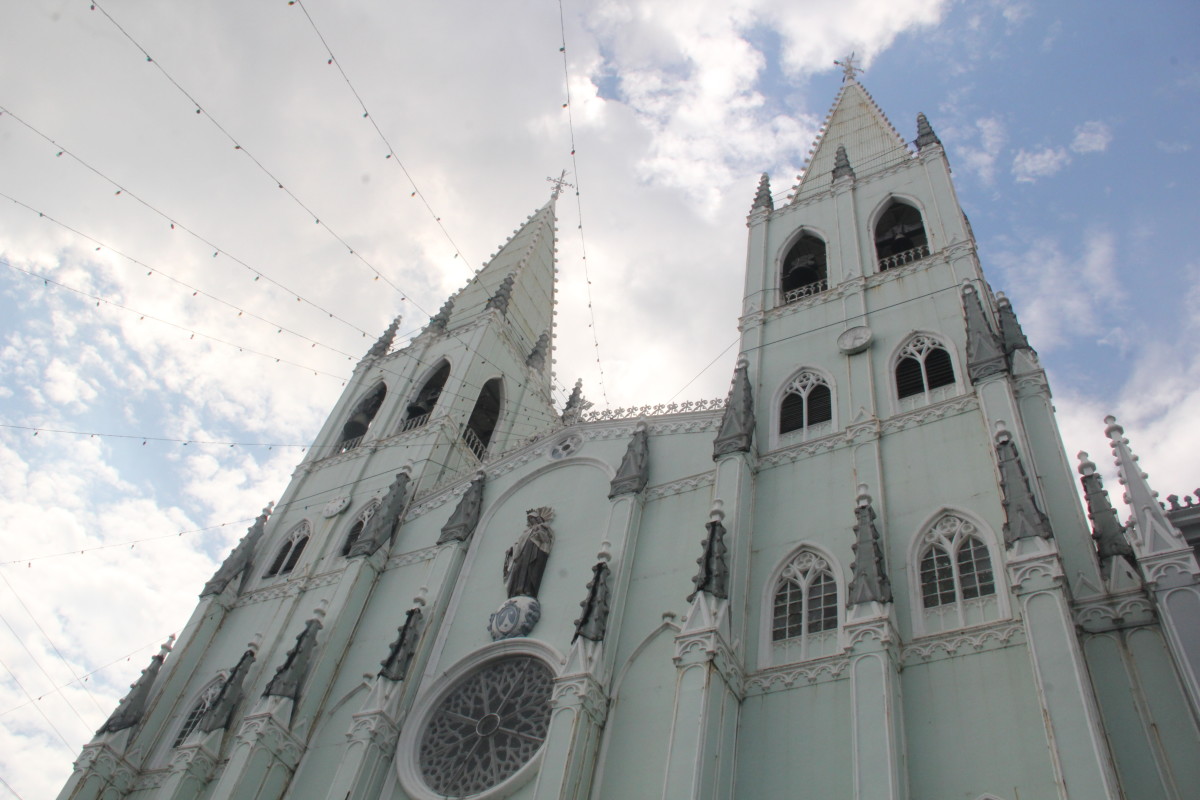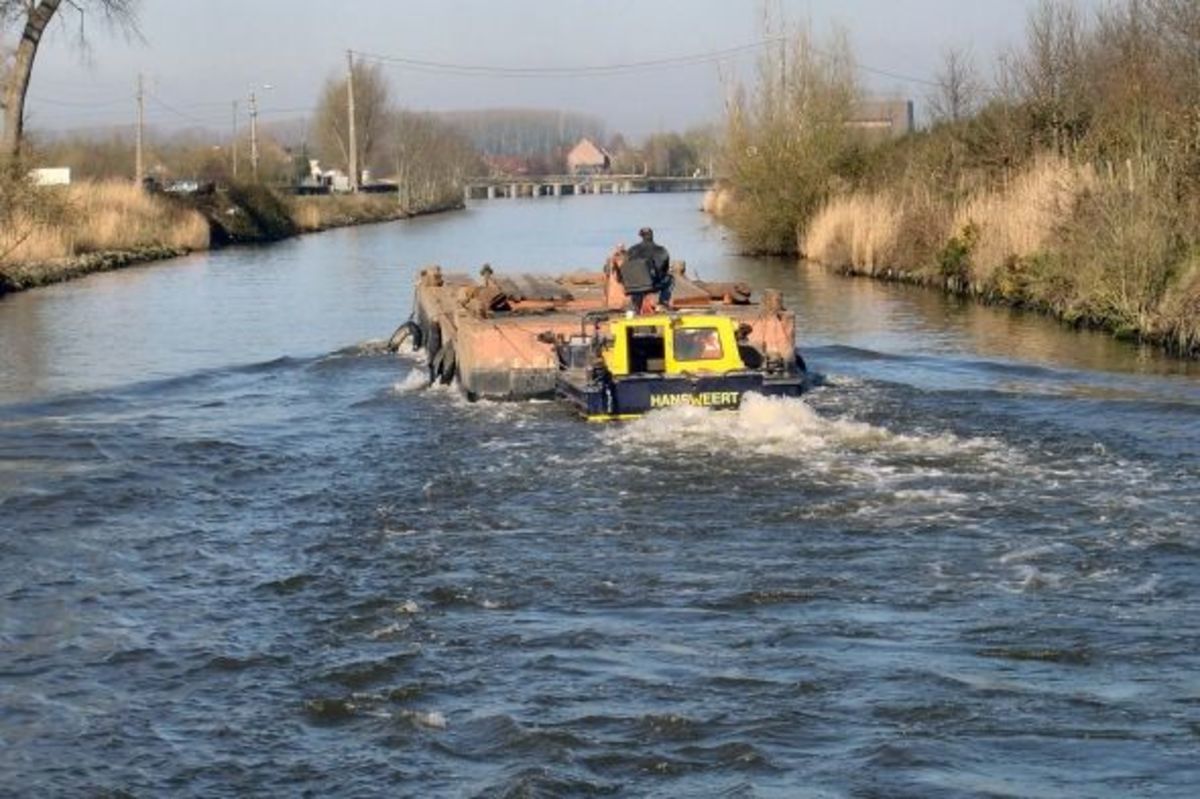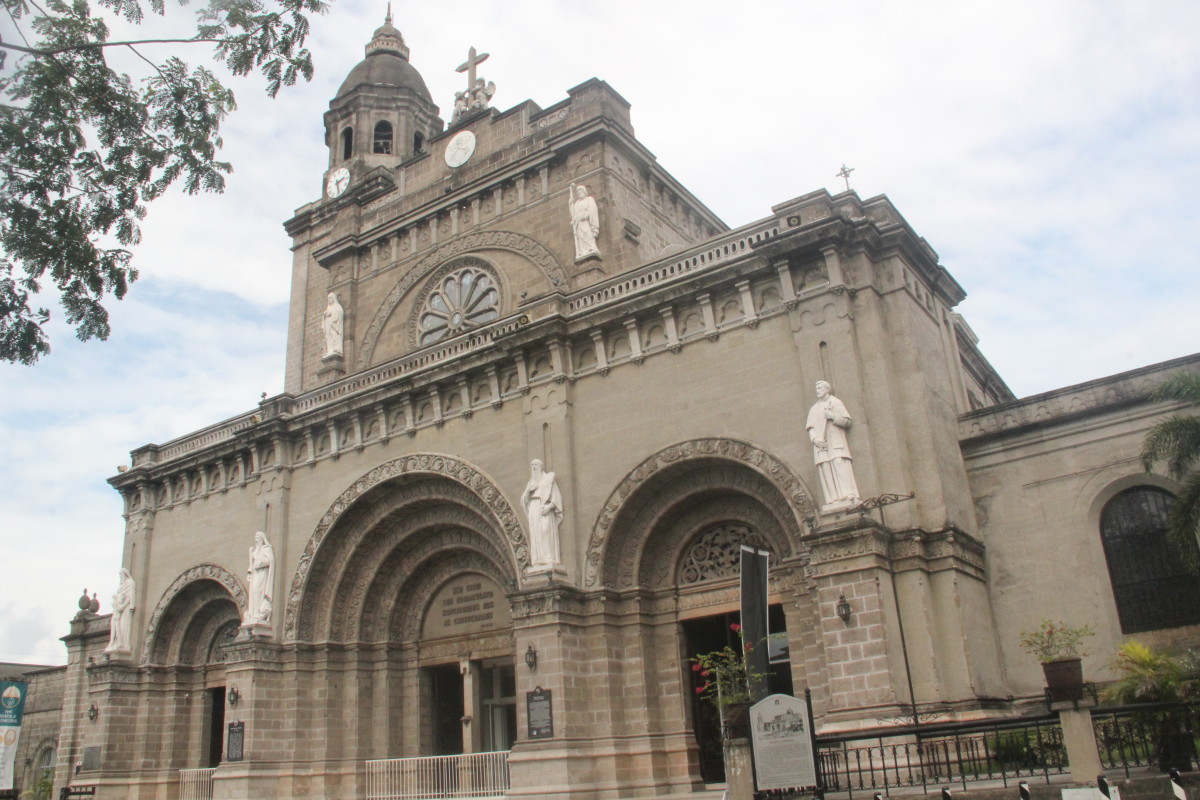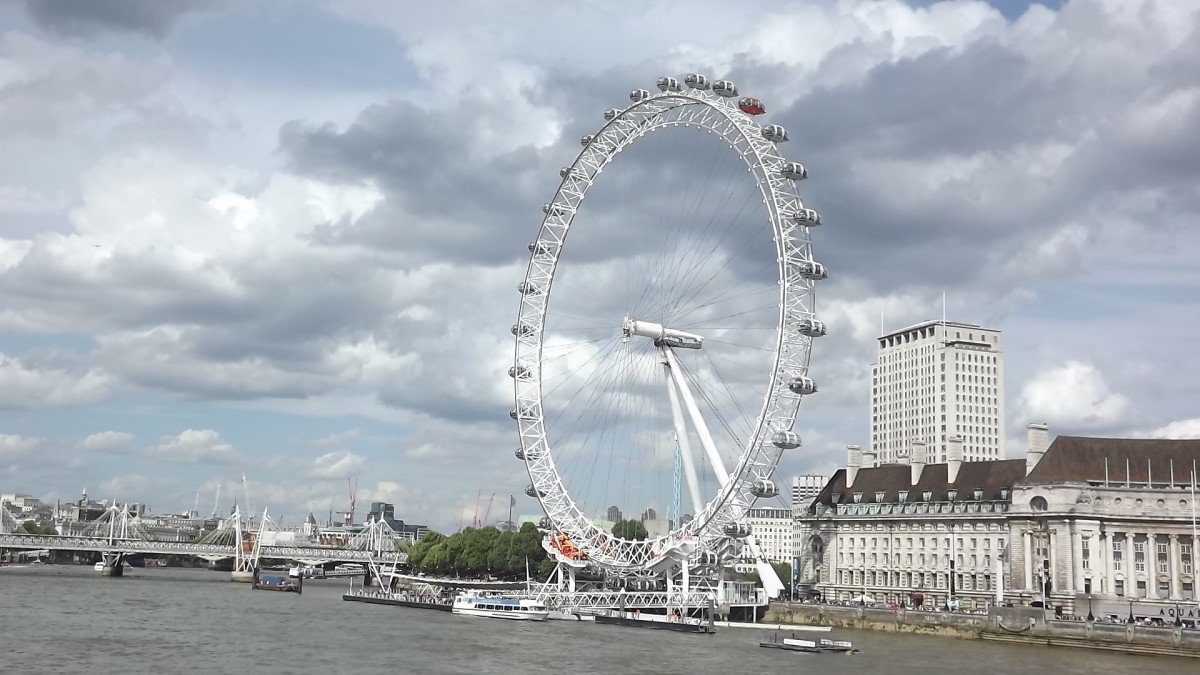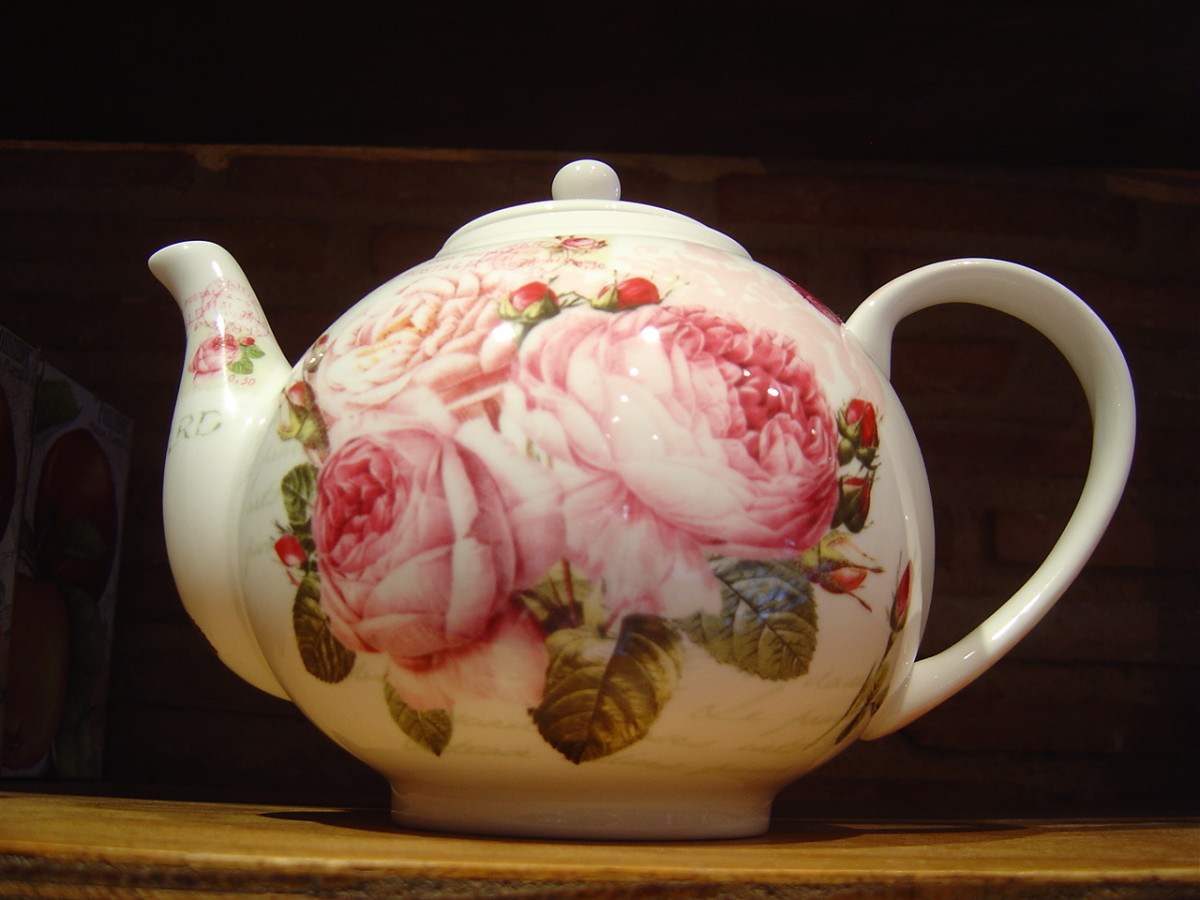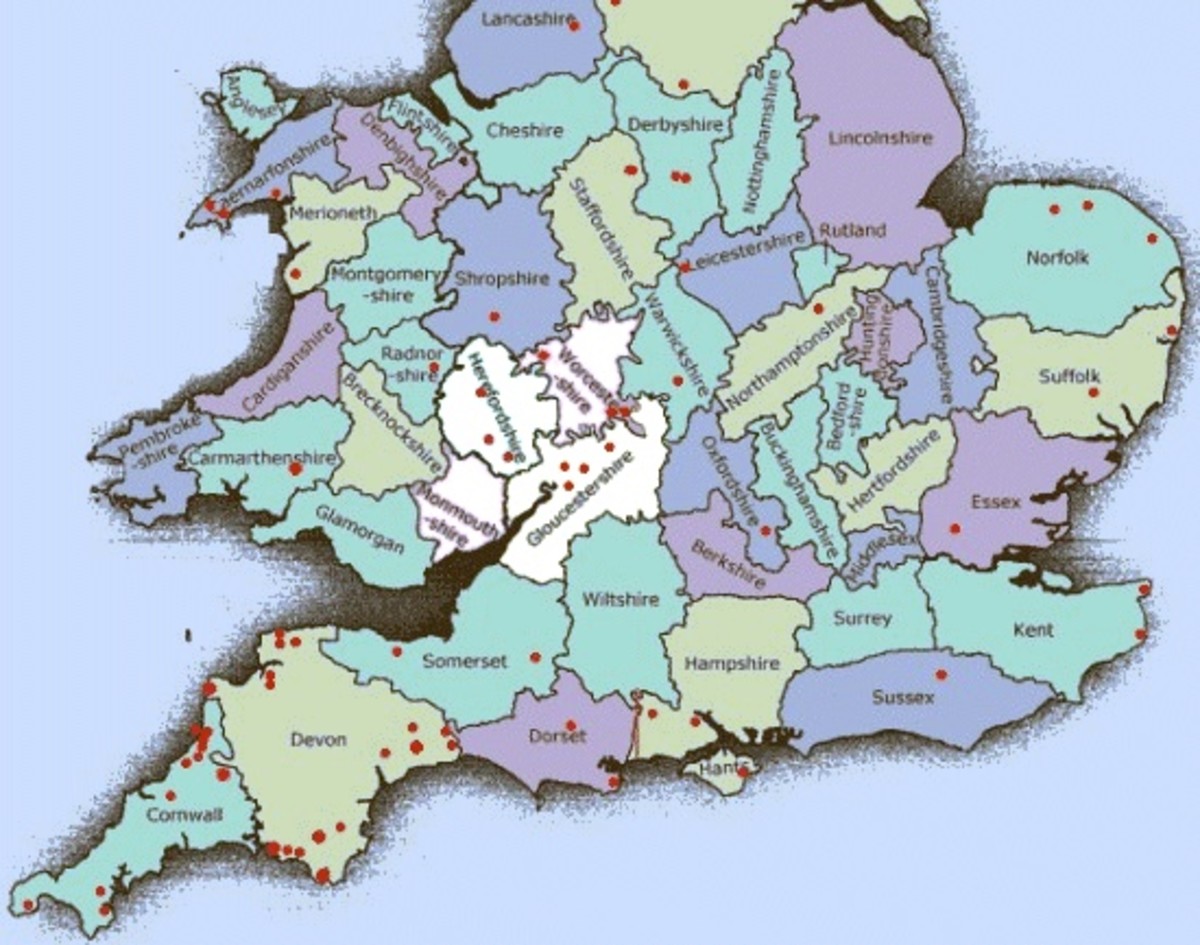Visiting Dinant, Belgium: amazing, ecclesiastical architecture on the Meuse River
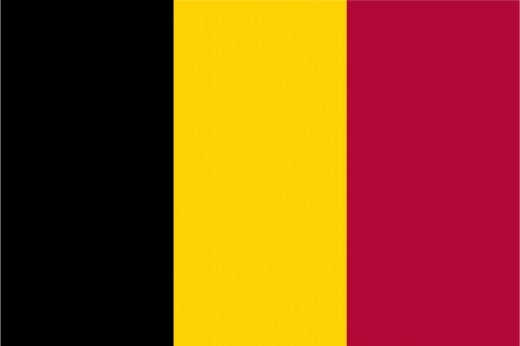
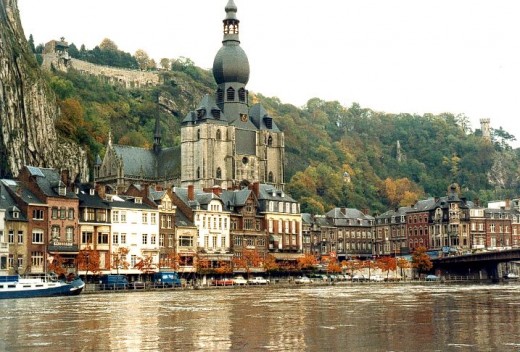
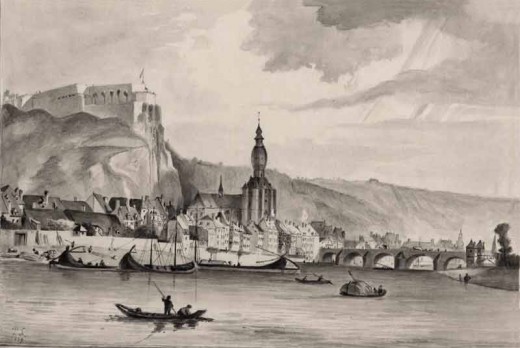
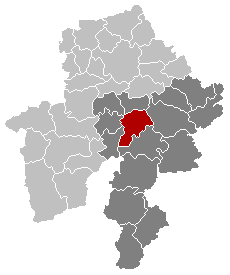
Town with stirring history and legend
The collegiate church of Notre Dame at Dinant has about the most striking combination of features and location that I can recall seeing anywhere. At the foot of a sheer rock cliff, and overlooking the major fluvial artery, the Meuse River , its bulbous, onion domed roof, topped with a spire, is unforgettable.
History of the church
There was a 7th century church on the site of the current structure, which has been variously damaged by falling rock or warfare over the centuries.The current church dates from 1227 in a Gothic design; its previous design was said to be Romanesque.
It is noted for its onion dome tower, which was actually the last of various designs planned for the building over the years. The church was badly damaged during World War One.
The church is overlooked by a Citadel, which, in its present form, was fortified in 1821. From the citadel may be obtained fine views of the collegiate church, with its remarkable tower design.
The Rocher Bayard
Close to the town is a noted rock formation, known as the Rocher Bayard. According to a Medieval legend, this large, split rock beside the Meuse River at Dinant was caused by the hoof of a giant horse fleeing from Charlemagne .
History of the town
From 11th until 18th centuries, Dinant belonged to the Prince Bishops of Liège. It was often exposed to war and sieges. In 1466, 800 burghers were thrown into the Meuse River by the Duke of Burgundy known as Philip the Good (his name was possibly a euphemism, at least, in the view of surviving burghers of Dinant).
Dinant and the neighbouring town of Bouvignes-sur-Meuse were known in the Middle Ages for their metalwork industries. Various quality artifacts from this period have survived.
The town was badly damaged in World War One, and 612 men, women and children were summarily shot dead in 1914 by the German army. Charles de Gaulle , later a well-known General and subsequently President of France, was wounded at Dinant in 1914, as a lieutenant in the French army.
Noted local people
These include:
Adophe Sax (1814-1894), musician, was born in Dinant, and is known for patenting the saxophone, which thus bears his name.
Georges Pire (1909-1969), Nobel Peace Laureate, church worker among refugees in Europe and poor people in the Third World.
Note on spelling
'Dinant' is a town in Belgium, while 'Dinan' is a town in Brittany, France. In their written forms, there is little material likelihood for confusion. But since these two spellings are pronounced the same in French, in conversation, care should be taken to be aware of the context, to avoid confusing the two towns.
Also worth seeing
Bouvignes-sur-Meuse (distance: 2 kilometres); formerly a commercial rival of Dinant in the Medieval period, this town has a number of historic structures, including the Masion espagnole (Spanish house), St. Lambert church and the ruins of Crèvecœur castle.
Annevoie-Rouillon (distance: 13 kilometres) has a noted castle with gardens dating from 17th century.
Namur (distance: 29 kilometres) is a historic city at the confluence of the Meuse and Sambre rivers. Inhabited since Roman times, the city's Medieval Citadel was a strategic stronghold for centuries. The city is endowed with a number of distinguished old buildings and churches. Namur is the capital of the Walloon region of Belgium.
Bouillon (distance: 63 kilometres); this town's Medieval castle was associated with Crusader Godefroid de Bouillon .
Givet , France (distance: 20 kilometres); this strategic stronghold on the Meuse River has a fort overlooking the town and some distinguished civic and ecclesiastical architecture.
Charleville-Mézières , France (distance: 74 kilometres) has a picturesque and historic grand ducal square.
...
How to get there: Brussels Airlines flies from New York to Brussels Airport (Brussel Nationaal / Bruxelles-National ), from where car rental is available. The Belgian railroad company SNCB - NMBS maintains a service between Brussels and Dinant. Please check with the airline or your travel agent for up to date information. Please refer to appropriate consular sources for any special border crossing arrangements which may apply to citizens of certain nationalities.
MJFenn is an independent travel writer based in Ontario, Canada.
Other of my hubpages may also be of interest
- Visiting Bouillon, Belgium: memories of Godefroid, styled King of Jerusalem, and his castle
So this Medieval castle is in Luxembourg? Well, yes and no. Some geography The Grand Duchy of Luxembourg, with its many castles, is an independent state, which neighbours Belgium.... - Visiting Anderlecht, Belgium: historical gem in bustling Brussels
Anderlecht is a bilingual municipality in the Brussels Capital Region of Belgium. Among Brussels's many historical and cultural treasures, the Erasmus House in Anderlecht is certainly very significant. I... - Visiting Martelange, Belgium: or, Be confused by this quadrilingual town
The Belgian town of Martelange attracts vacationers in the summer months especially, taking advantage of the peaceful scenes in the surrounding wooded, Ardenne hill country. (NB: In Belgium, the word 'Ardenne'... - Visiting Burg-Reuland, Belgium: Monumentality in the German-speaking Ostkantone
German-speaking part of Belgium? Yes, eastern Belgium has a German-speaking area known as the Ostkantone (French: Cantons de l'Est, a phrase which will be familiar to Canadians, given the existence of an... - Visiting Bruges, Belgium: dizzyingly high towers and powerful, Medieval memories
There is so much for the visitor to see at Bruges (Dutch: Brugge ), in the Belgian Province of West Flanders (Dutch: West-Vlaanderen ), in the Flemish Region (Dutch: Vlaams Gewest ) that he or she may well... - Visiting Lille, France: birthplace museum of General Charles de Gaulle
What proved to be a momentous event in French history occurred in rue Princesse, in the northern Frence city of Lille in 1890. The birth occurred of Charles de Gaulle, later an army General, in whom the...
